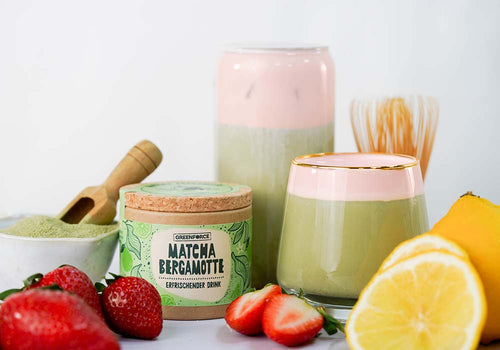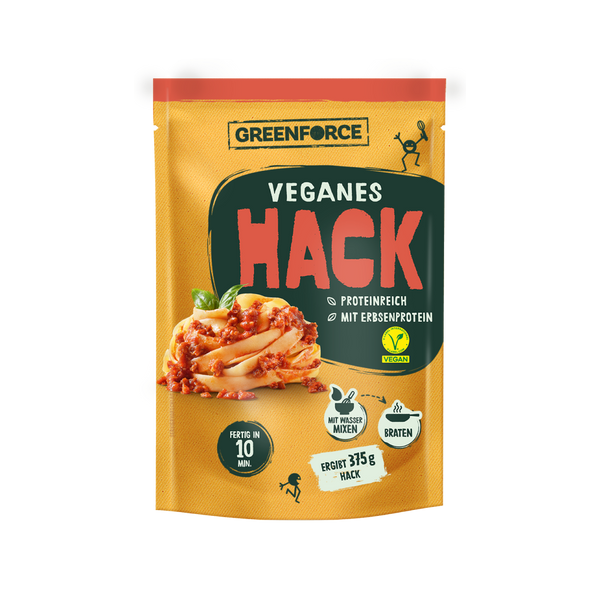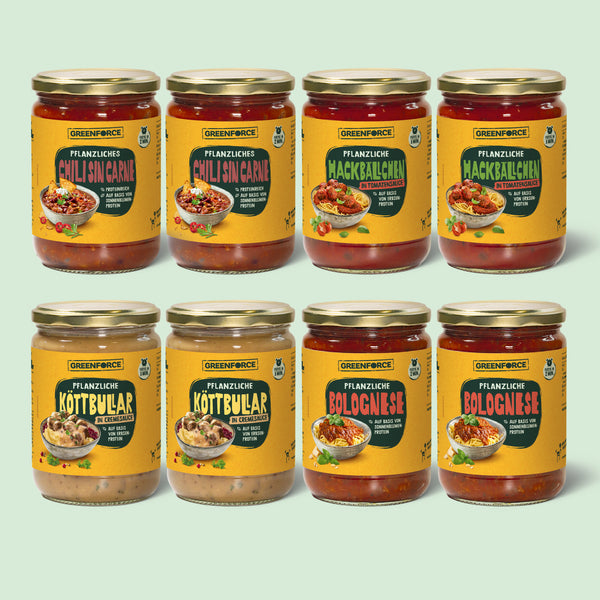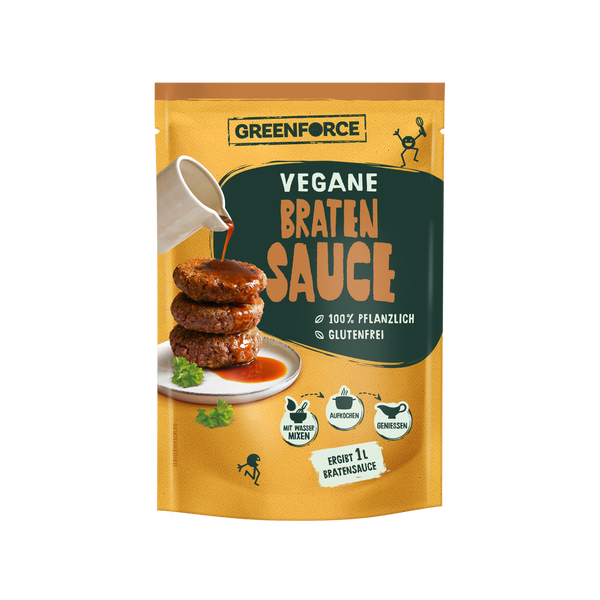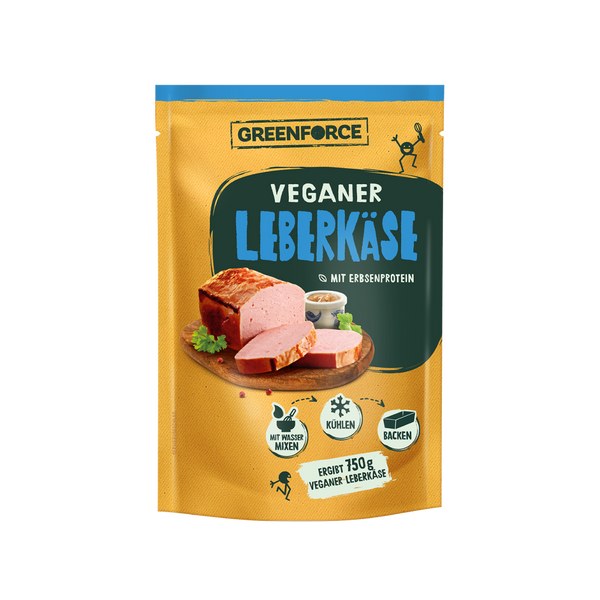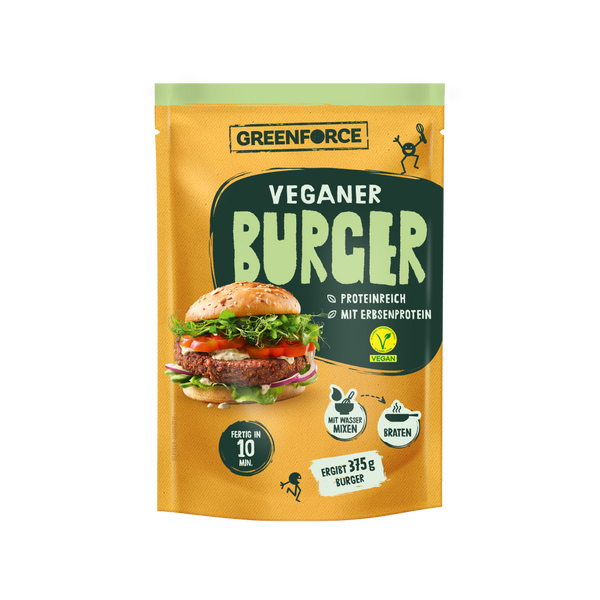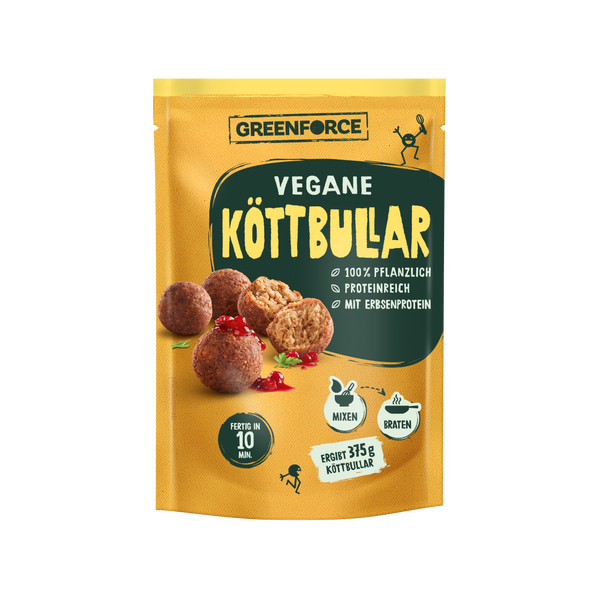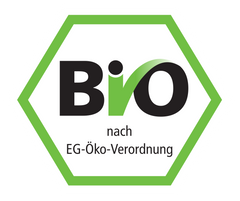Chocolate intolerance symptoms: 6 signs of an allergy
Theresa Aicher
02/05/23
Reading time: 8 minutes
The cocoa plant originally comes from South America. It came to Europe with the Spanish conquerors. The enjoyment of cocoa - initially exclusively as drinking chocolate - was then reserved for the social elite for a long time. Solid chocolates first came onto the market in the mid-19th century as a result of the Industrial Revolution. Today, cocoa and chocolate are not only considered delicious, but also healthy foods due to the effects of the flavanols contained in cocoa beans.
However, some people develop chocolate intolerance symptoms after consuming cocoa and chocolate products . The triggers for this can be various cocoa components, but also other ingredients in chocolate such as protein, milk or sugar. Vegan alternatives - for example from Greenforce - often ensure that such food intolerance disappears quickly and sustainably.

Real chocolate allergy or intolerance reaction?
Statistics show that one in three people in Germany suffers from an allergy to certain foods in their lifetime. Intolerances have also increased significantly in the last two decades. In addition to lactose (milk sugar), protein and gluten, cocoa and chocolate products also often cause food intolerance.
However, real chocolate allergies are extremely rare. Additives in chocolate products usually trigger the symptoms. If you notice signs of chocolate intolerance , it is important to differentiate between real allergy symptoms and intolerance reactions.
Signs of chocolate intolerance
In the case of an allergy, the body reacts to normally harmless substances with an excessive immune reaction and produces antibodies against these substances - the so-called allergens. Real food allergies are triggered by certain proteins or individual protein components. The body's own antibodies are always directed against a specific allergen and can be detected using a blood test .
Allergies become noticeable immediately after eating the food that triggers them. In the worst case scenario, they can be life-threatening.
Typical signs of an allergy include:
- Skin symptoms such as redness, swelling and rash
- Itching and other mucous membrane reactions in the mouth and throat
- malaise
- Gastrointestinal complaints
- Allergic rhinitis
- Shortness of breath.
In severe cases , anaphylactic shock may develop, which is a medical emergency .
Only in exceptional cases can a chocolate allergy be triggered by certain ingredients in cocoa. Allergic reactions are also predominantly caused by additives. Common allergy triggers include hazelnuts, an important ingredient in nougat chocolate. People with a protein allergy may experience allergy symptoms after consuming milk chocolate that is high in milk protein .
In very few cases, expired chocolate causes an intolerance. Read more about chocolate's best-before date here.
Food intolerances
Food intolerances, on the other hand, are intolerances that manifest themselves primarily through gastrointestinal complaints. They arise when the intestines cannot digest certain components of food.
Typical symptoms of intolerance are:
- nausea
- Vomit,
- Stomach pain,
- Diarrhea,
- flatulence and
- general malaise.
Although they are unpleasant, they are usually not dangerous for the body , unlike an allergy . Classic examples of this are protein or sugar intolerance.
Common triggers for intolerances are lactose, fructose (fruit sugar), milk and chicken protein as well as histamines. Histamine is also produced in the body itself - as a tissue hormone, it is involved in numerous biochemical reactions.
Certain foods such as red wine, mature cheese, cocoa and chocolate products contain large amounts of histamine, which can lead to intolerance reactions such as histamine migraines . The caffeine contained in cocoa and products made from it is also poorly tolerated by many people.

What triggers an allergy or chocolate intolerance?
If you react to cocoa and chocolate products very severely or even with typical allergy symptoms, you should definitely consult a doctor. With an allergy test you gain security and are able to avoid dangerous allergic reactions. If you are allergic to cocoa components, you will most likely have to permanently avoid chocolate products that contain cocoa.
If you experience mild or at least tolerable symptoms after eating chocolate products, you can also test yourself whether the intolerance reaction is caused by cocoa ingredients or other ingredients. For this you need a small amount of pure cocoa mass or very dark dark chocolate that contains no additives.
If you have symptoms immediately after consumption, your body is actually reacting to cocoa - although this test cannot determine whether you are allergic or have an intolerance. If you initially remain symptom-free and only later develop signs of intolerance, the cause is almost always your reaction to additives .
Possible reasons why you cannot tolerate the chocolate mass are histamine intolerance or a general sensitivity to cocoa and cocoa products. Cross allergies can also trigger an allergic reaction.
Histamine intolerance
Histamine intolerances are common. They are primarily triggered by fermented foods. This also includes cocoa beans, as they go through a fermentation process before further processing.
The symptoms of histamine intolerance are largely identical to allergy symptoms. They are not limited to the digestive tract, but can also manifest themselves as skin symptoms, persistent colds, sore throats or histamine migraines .
If you suspect you have histamine intolerance, you should seek advice from a doctor or nutritionist. However, you don't have to completely avoid chocolate products. Histamine intolerance sometimes disappears on its own after a while. If not, you can try out whether white chocolate products are good for you .
They do not contain any cocoa, just the oil components of the cocoa beans. The so-called cocoa butter is free of histamines. White chocolate, which is largely free of artificial flavors and other additives that are not absolutely necessary, is ideal .
General cocoa sensitivity
Some people are generally sensitive to cocoa without an associated allergic reaction. Possible symptoms of such sensitivity include gastrointestinal complaints, but also headaches, nervousness and general irritability.
The symptoms worsen the higher the cocoa content of a chocolate product is. The caffeine contained in cocoa and cocoa products is most likely involved in causing such sensitivity.
Cross allergies
Cross-reactions can also play a role, especially in the case of allergies . As a rule, they lead to milder symptoms than an original allergy.
If you are allergic to cocoa and consume a substance with a similar molecular structure, this can result in a cross-allergy. In such a case, your immune system reacts in a confused manner and is unable to reliably distinguish between the allergen and the second substance.
Studies mention, among other things, coffee and tobacco as substances that can provoke a cross-allergy with cocoa. The nut content in nougat chocolate can also cause cross-reactivity.
Allergies and intolerances to chocolate additives
White chocolate products are a good way to find out if you are allergic or sensitive to chocolate additives. Its basic ingredient - cocoa butter - contains no known allergens. If you have symptoms after consuming it, you are not reacting to cocoa, but to one or more additives.
Potential allergens in chocolate products include milk, eggs, nuts, gluten and soy. If you are allergic to any of these ingredients, you must check very carefully when purchasing whether your product is free of these ingredients. They are also among the most common triggers of food intolerances.
However, by choosing the best product for you, you can optimally avoid potentially problematic additives in chocolate products . If you suffer from a sugar intolerance, the choice is easy - dark dark chocolate is often completely sugar-free. You can easily replace milk with plant-based products.
If you have a protein allergy or protein intolerance, you can find excellent vegan alternatives at specialized retailers such as Greenforce - and exciting recipe ideas on how you can replace eggs and milk and create your own drinking chocolate or a delicious and healthy chocolate bowl .


